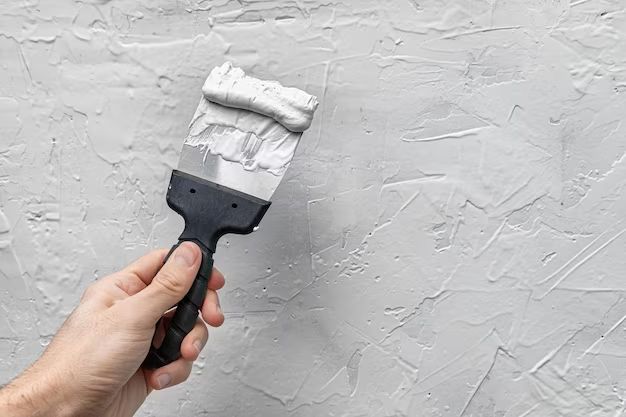Yes, you can use a paint roller to apply paint to stucco surfaces. However, there are some important considerations to keep in mind when choosing the right roller type, nap length, and application method for stucco painting.
Page Contents
Choosing the Right Paint Roller for Stucco
The texture of stucco requires a roller that can apply paint effectively without getting tangled in the rough surface. Here are some tips for selecting rollers for stucco painting:
- Use a roller with a thicker nap length like 3/4″ or 1″. Thicker naps help the roller glide over the textured surface better.
- Choose a roller with a soft woven or microfiber cover. This helps the paint adhere properly.
- Avoid very thick nap lengths over 1.5″ as they may apply too much paint and create drips.
- If using a roller tray, pick one with a textured bottom to evenly distribute the paint on the roller.
Preparing the Stucco Surface
Proper surface prep is key for the paint to adhere correctly on stucco. Here are some tips for prepping stucco before painting:
- Clean the surface thoroughly with water and degreasing agents to remove dirt, grime, and chalky residue.
- Use a wire brush to lightly scrub the stucco and remove any loose material or efflorescence.
- Allow the surface to dry fully before applying primer and paint.
- Repair any cracks, holes, and damaged areas with stucco patch compound.
- Apply masonry primer to seal the surface and improve paint adhesion.
Applying Paint Techniques
When rolling paint onto stucco, use these techniques for best results:
- Load the roller evenly and fully to prevent it from getting caught on the texture.
- Use broad up and down strokes with minimal pressure to work the paint into the surface.
- Overlap strokes to ensure you are spreading the paint evenly.
- Paint sections in approx. 4 ft x 4 ft sections and maintain a wet edge as you go.
- For corners and edges, use a brush to cut-in before rolling the main field area.
- Watch for drips along the lower edges and smooth them out quickly with the roller.
Tips for Avoiding Common Paint Problems
Stucco’s rough texture can cause some painting challenges. Here are some useful tips to avoid problems:
- Use two coats of paint for best coverage and durability.
- Allow proper drying time between coats as specified by the manufacturer.
- Thin the paint slightly with water or recommended thinner for a smoother application.
- Apply paint when surface and air temps are between 50-90°F.
- Paint during dry weather and avoid moisture on surface to prevent adhesion problems.
- Backroll after spraying paint to work it into the texture for uniform coverage.
Conclusion
Painting stucco does require some special considerations compared to other surfaces. Choosing the right roller type, nap length, and application method along with proper surface preparation helps ensure the paint adheres and covers well. Allowing proper drying time between coats and painting in ideal weather conditions also prevents common problems. With the right prep work and painting technique, you can achieve beautiful, long-lasting results painting stucco with a roller.
